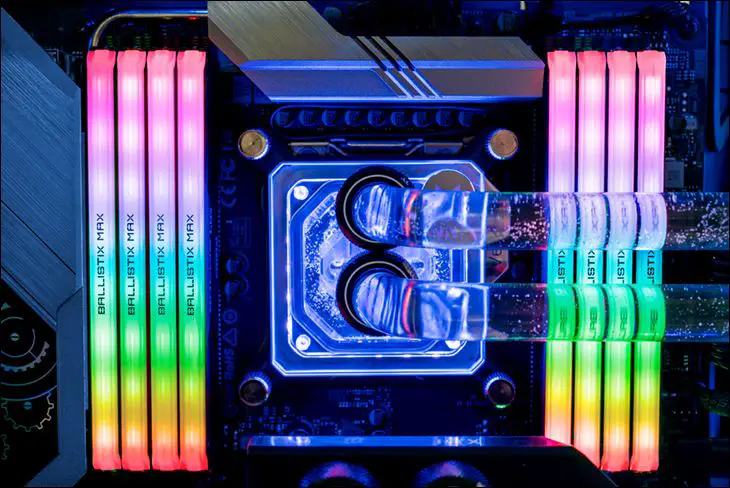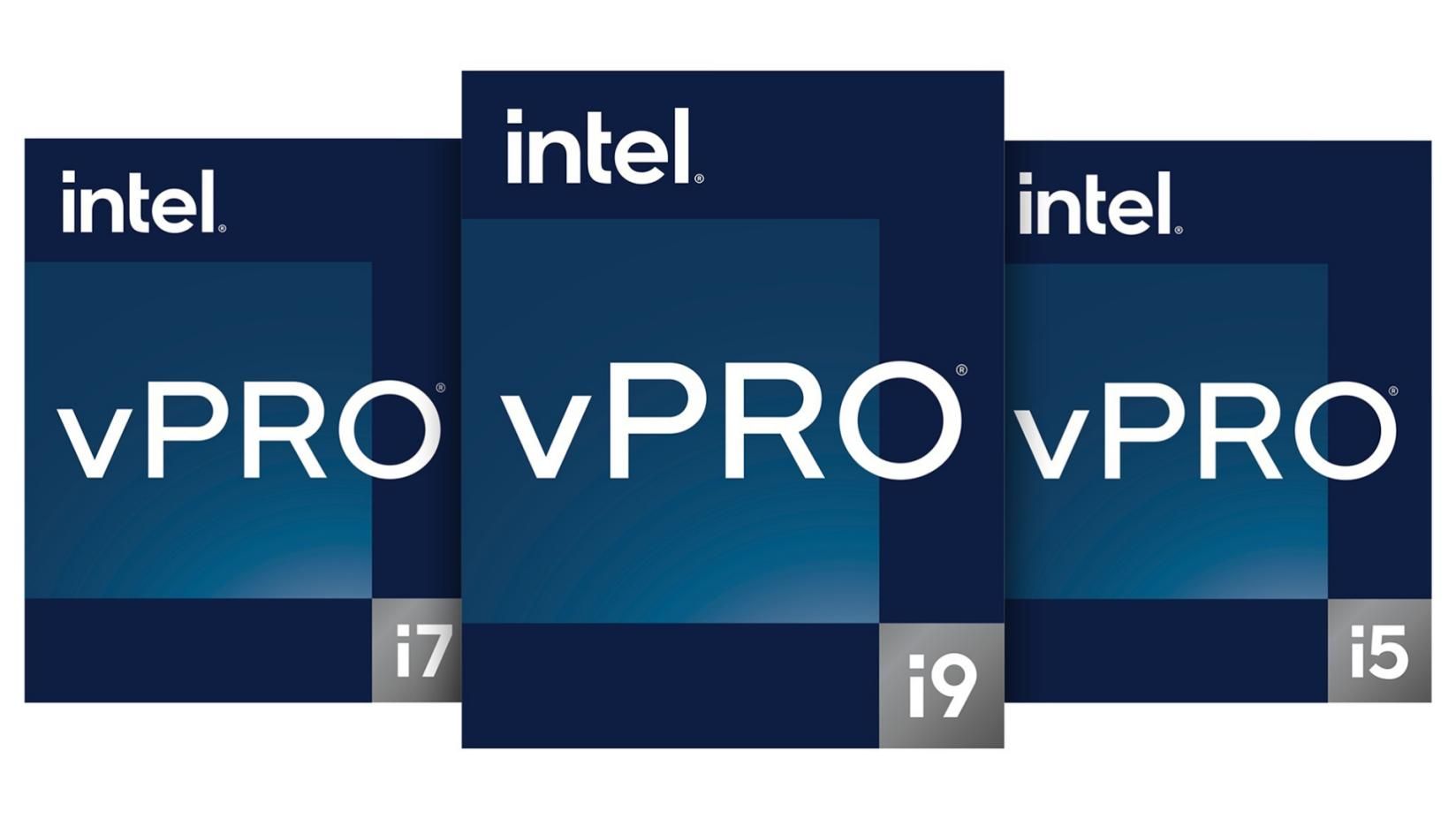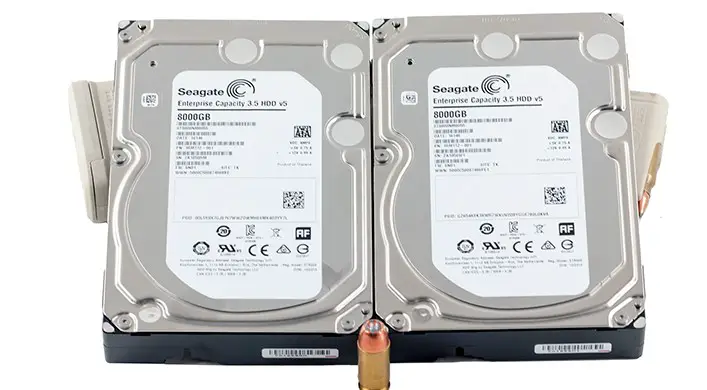Final Score : 86%
In many ways the Ballistix Max series is a great upgrade/refresh to the older Ballistix Elite line. Like the Elite series, it combines best of the best RAM IC’s with heat spreaders that are actually thick and robust enough to handle the insane voltages overclocking enthusiasts are going to be using. Unlike the Elite series, the new MAX line also offers tangible improvements on the overall aesthetics and customizability fronts. This new series may lack multiple color options for its aluminum heat spreaders, but they do offer both LED and non-LED enabled options… and even 3D printable glow bar parts for further customization abilities. That is a great step in the right direction in eliminating the greatest weakness of the Elite series, but we do wish they had gone further and offered the same color option choices as the non-MAX series. That would have been optimal.
The same is true of only offering LED enabled models up to DDR4-4400 frequencies – a great step in the right direction, but certainly not optimal. These artificial limitations on a series that is all about offering ‘no limits’ is puzzling. Why should buyers interested in the best that Ballistix has to offer have to be willing to compromise even a wee bit on the aesthetics front?
This segues nicely into the actual main issue many potential buyers are going to have specifically with the DDR4-4000 16GB Kit. Yes, this kit is bat of out hell fast right out of the box. Yes, you can overclock them to make them even faster. Sadly, there is no magic bullet to the inherent limitations of AMD Ryzen’s IMC/IF bus conundrum. As we saw in the previous review, and further reinforced in this review, once you go above DDR4-3733(ish) frequencies… you have to go very, very fast to get Infinity Fabric performance back. So much so, that it is not until you hit DDR4-5000 or better that the ‘great halvening’ really becomes worth it outside of synthetic benchmarks.
Sadly, this kit is good with a lot of overclocking potential… but it is not 1000Mhz over stock settings good. Yes, one can turn down the frequencies and really dial in the latencies. So much so we easily hit DDR4-3733 with CL14 timings. That is nothing to sneeze at, but is CL16 vs CL14 worth the step up in asking price over what the extremely good deal DDR4-3600 Gaming Memory kits offer? Even if AMD does get DDR4-4000 with 1:1 gear ratio’s working the same question type of question over a minor to moderate change in latency will have to be asked. Either way, those are the type of questions buyers willing to pay for a premium line probably should never have to ask, let alone have to answer before being able to justify their new purchase.
When you then mix in the fact that MAX DDR4-5100 kits do exist, and do minimize such performance concerns better than this kit, the end result is this is a kit stuck between Charybdis (the incredibly good value DDR4-3600 Gaming memory options with its better aesthetics) and Scylla (even faster MAX kits). That is pretty much the definition of Sun Tzu’s “On Dangerous Ground”… somewhere any premium priced model should find themselves.
As such their overall value and even utility will greatly depend on what system you plan on using them on. For Intel users looking for a ton of memory performance at a reasonable price point this is a great choice if you can make black color aesthetics work. Pick your speed, pick your lighting option… and enjoy plug and play goodness. For AMD users, we would seriously consider either lower priced options or, conversely, higher priced ones. Be they ‘regular’ Ballistic Gaming DDR4-3600 kits or DDR4-5100 Max kit options. Either would arguably be a better overall use of your money. So, think long and hard about how you plan on using your RAM before going the MAX route… or at least going the entry-level MAX route. Sometimes the best of a lower priced tier is more optimal than the entry level, higher tier model options.
The Review
Ballistix MAX RGB 16GB Kit DDR4-4000
Think long and hard about how you plan on using your RAM before going the MAX route… or at least going the entry-level MAX route. Sometimes the best of a lower priced tier is more optimal than the entry level, higher tier model options.









